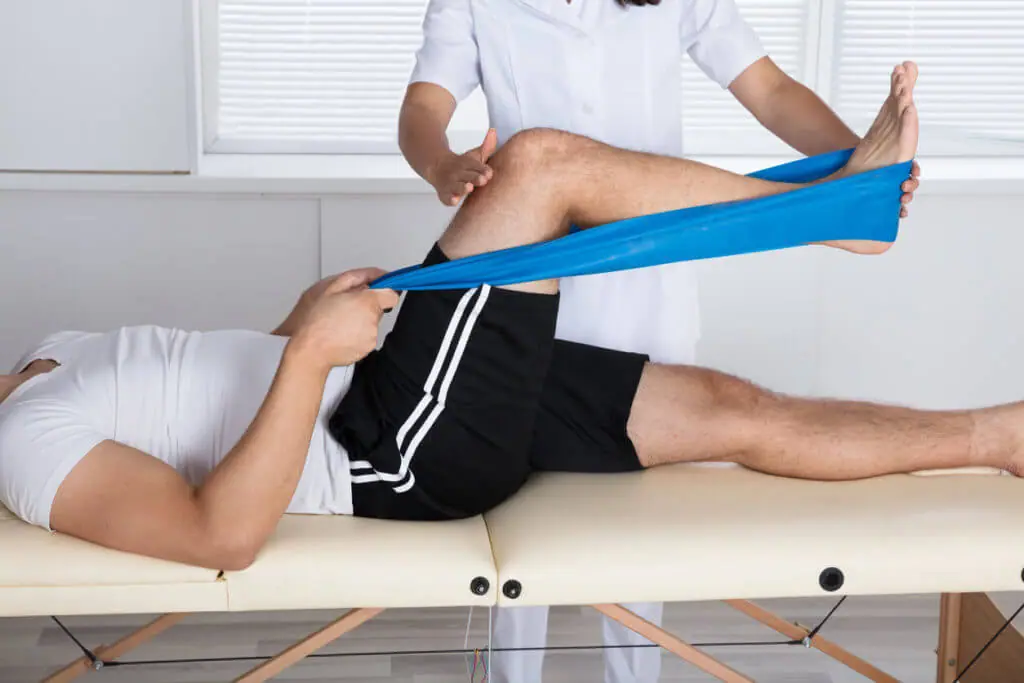
Knee pain affects millions of people every year, making it one of the most common reasons for doctor visits, mobility limitations, and reduced quality of life. Whether the pain comes from arthritis, injury, overuse, or degenerative changes, finding effective, long-lasting relief is essential. One of the most frequently recommended approaches is physical therapy, but is it truly the best option? This article explores the benefits, science, and effectiveness of physical therapy for knee pain—and compares it with other treatments to help you make an informed decision.
Unlike medications or temporary home remedies, physical therapy focuses on identifying and correcting the underlying cause of knee pain. A trained physical therapist assesses your movement, strength, flexibility, and joint mechanics to pinpoint what is contributing to your discomfort. This allows for a customized treatment plan designed specifically for your needs.
Every case of knee pain is different. A personalized physical therapy program ensures your exercises and treatments are tailored to your condition—whether it’s osteoarthritis, ligament strain, patellar tracking disorder, or weakness from inactivity. Personalized care improves effectiveness and reduces the risk of further injury.
Weakness in the quadriceps, hamstrings, glutes, and calves often contributes to knee instability and pain. Physical therapists use targeted exercises to strengthen these muscle groups, improving joint support and reducing strain on the knee.

Tight muscles can cause improper movement and increase pressure on the knee joint. Stretching and mobility work help restore flexibility in the hips, hamstrings, calves, and quadriceps—leading to better alignment and less pain.
Poor balance or instability can worsen knee pain and increase the risk of falls or injuries. Physical therapists incorporate balance, proprioception, and stability exercises to support long-term knee health.
Many people experience knee pain because of improper movement patterns—such as walking with poor alignment, running incorrectly, or bending the knees unevenly. Physical therapy helps retrain your movement to reduce stress on the joints.
While pain relievers can provide quick relief, they don’t solve the underlying issue. Physical therapy offers a drug-free solution that promotes real healing and reduces long-term medication use.
This hands-on approach includes massage, joint mobilization, and soft tissue manipulation to reduce stiffness and improve range of motion. Manual therapy helps increase blood flow and decrease tension in surrounding muscles.
Exercises are the foundation of most PT programs. These include: – Strength training – Flexibility work – Functional training – Balance exercises – Low-impact conditioning
Each exercise is designed to restore proper movement and reduce pain.
Depending on your condition, a therapist may use additional tools such as: – Ice or heat therapy – Ultrasound – Electrical stimulation (TENS) – Kinesiology taping
These modalities help reduce inflammation and support recovery.
Medications like NSAIDs or acetaminophen can temporarily relieve pain, but they don’t address biomechanical issues or muscle imbalances. Physical therapy offers long-term improvement by correcting what’s causing the pain. For chronic knee issues, PT is often more effective than relying solely on medication.
Corticosteroid or hyaluronic acid injections can provide temporary relief—sometimes lasting weeks or months. However, injections do not strengthen muscles or improve movement. Physical therapy, on the other hand, helps rebuild the structures that support the knee, offering longer-lasting results.
Many people turn to surgery when knee pain becomes overwhelming, but research shows that physical therapy can be just as effective as surgery for conditions like meniscus tears or osteoarthritis. In many cases, a well-structured PT program can help avoid or delay surgery entirely.
In some cases—such as severe injuries or advanced arthritis—physical therapy works best when combined with other treatments. PT can speed up recovery after surgery, improve mobility before a procedure, or complement medical interventions like injections.
Physical therapy is one of the most powerful non-surgical treatments for osteoarthritis. It helps reduce stiffness, improve range of motion, and strengthen supporting muscles to reduce joint stress.
Runners, cyclists, and athletes often develop knee pain from repetitive movements, muscle imbalances, or poor technique. PT helps correct these issues and prevent future injuries.
After knee surgery—such as ACL reconstruction or joint replacement—physical therapy is essential for recovery. It helps regain strength, flexibility, and function.
Seniors often benefit from physical therapy to reduce fall risk, strengthen weakened muscles, and maintain independence.
Most people start noticing improvements within 2–4 weeks of consistent therapy. Significant, long-lasting changes often occur within 8–12 weeks. The timeline depends on: – Severity of the condition – Frequency of sessions – Consistency with home exercises – Overall health and mobility
Your physical therapist will likely give you exercises to do at home. These are critical for success. People who stick to their home exercise program tend to see much faster and more lasting results.
Although physical therapy is effective for most types of knee pain, some cases need further intervention. Severe osteoarthritis, major ligament tears, fractures, or infections may require surgery, medication, or specialized treatments.
Seek additional care if you experience: – Sudden, severe swelling – Inability to bear weight – Locking or giving way of the knee – Signs of infection – Pain that worsens despite therapy
Physical therapy is one of the most effective, evidence-based treatments for knee pain—often outperforming medication and sometimes even surgery. It works by addressing the root causes of pain, improving muscle strength, restoring mobility, and promoting long-term joint health. While some conditions may require additional medical care, physical therapy is a powerful first step for most people seeking natural, lasting knee pain relief.
If you’re struggling with ongoing knee pain, consider scheduling an evaluation with a physical therapist. With the right treatment plan, you can regain mobility, reduce discomfort, and return to the activities you love.